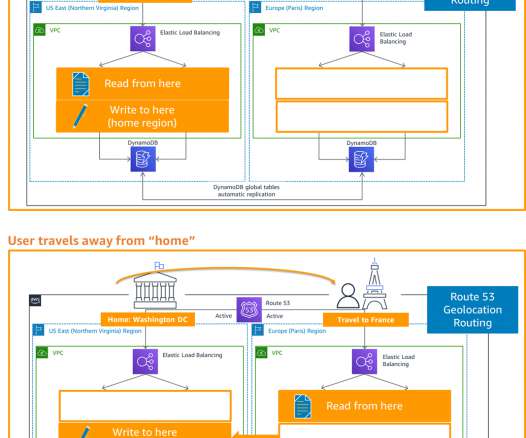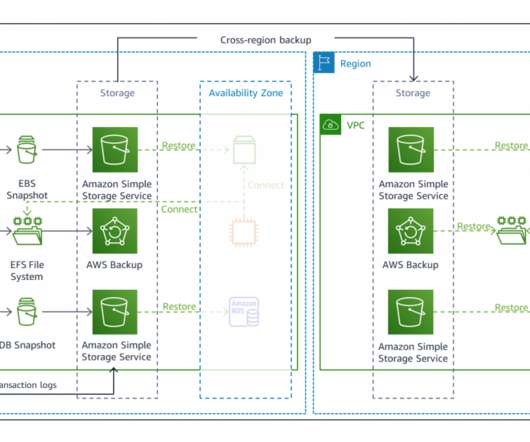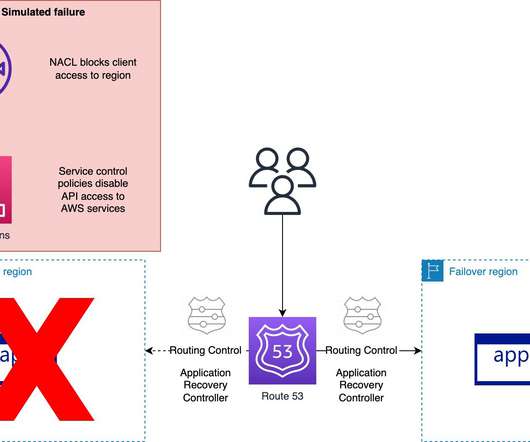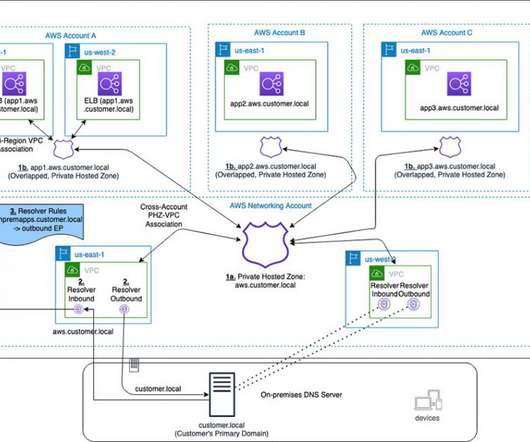Disaster Recovery (DR) Architecture on AWS, Part IV: Multi-site Active/Active
AWS Disaster Recovery
JUNE 23, 2021
In my first blog post of this series , I introduced you to four strategies for disaster recovery (DR). The architecture in Figure 2 shows you how to use AWS Regions as your active sites, creating a multi-Region active/active architecture. Each Region hosts a highly available, multi- Availability Zone (AZ) workload stack.












Let's personalize your content